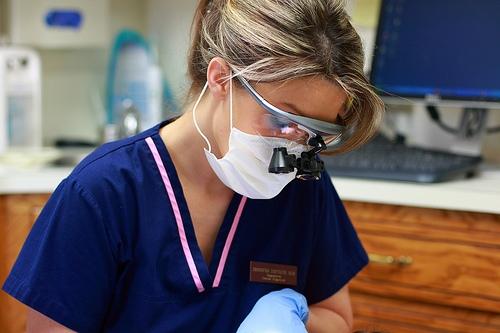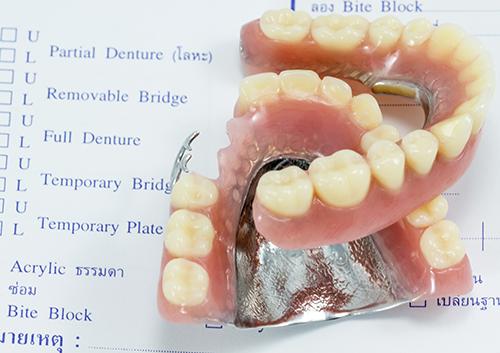Sleep Apnea: What a Dentist Can Do
- updated: Apr. 30, 2024
You find yourself drowsy and irritable all day. Or you have trouble sleeping, and when you do, you snore loudly throughout the night punctuated with silent pauses where you aren’t Read More
Eco-Friendly Toothbrushes
- updated: Apr. 23, 2024
When it comes to dental hygiene, “going green” is not the first phrase that comes to mind. But if you are brushing properly, you are also replacing your toothbrush every Read More
Make Every Day Earth Day
- updated: Apr. 16, 2024
Earth Day began in 1970 as an event to raise awareness of our environment. What began as a single day in April is now recognized around the world to bring Read More
Tooth Discoloration: Common causes and what you can do to stop it
- updated: Apr. 09, 2024
Looking back at childhood photos, you may notice picture after picture of yourself with a mouthful of shiny white teeth. When you look in the mirror today, you wonder what Read More
Snowball Effect
- updated: Apr. 02, 2024
Winter and its snowball fights are behind us, true, but there might be another kind of snowball heading your way—the snowball effect you risk when small dental concerns are ignored Read More
The Safety of Dental X-Rays
- updated: Mar. 26, 2024
An article was released to the public stating that dental X-rays contribute to a type of brain cancer. After reading an article like this, your first thought may be to Read More
Root Canal Procedure
- updated: Mar. 19, 2024
Five words no one welcomes: “You need a root canal.” But if you are delaying treatment because you are worried about pain and an uncomfortable day in the dentist’s chair, Read More
St. Patrick's Day
- updated: Mar. 12, 2024
On March 17, everyone has a little Irish in them. St. Patrick’s Day is a joyous celebration of Irish heritage. The holiday originated as a commemoration of Saint Patrick, who Read More
Are your teeth ready for the big day?
- updated: Mar. 05, 2024
Capturing the Moment At Kenneth Krause, DMD we know that just about anyone who has taken on the challenge of planning her own wedding could tell you how important the little Read More
How do I pick the right toothpaste for my needs?
- updated: Feb. 27, 2024
With so many toothpastes available in so many price ranges, it can be difficult to be sure you are selecting the right one for your needs. You need a product Read More
Choose Chocolate on Valentine's Day
- updated: Feb. 13, 2024
From a student handing out sweets for her classmates to an older married couple exchanging boxes of candy, Valentine’s Day is the time of year when people like to show Read More
Do you suffer from sleep apnea?
- updated: Feb. 06, 2024
At Kenneth Krause, DMD, we know our patients love a good amount of rest each night in order to be energized for the day and week ahead. After all, without Read More
What did the first dentures look like?
- updated: Jan. 30, 2024
Remember hearing about George Washington and his wooden choppers? Not his tools for cutting down cherry trees, but his false teeth. Actually, George’s teeth were made of ivory but were so Read More
Symptoms That Could Mean You Need a Root Canal
- updated: Jan. 23, 2024
Every tooth packs a lot of layers in a very small area. The outer, visible part of our tooth, the crown, is covered in protective enamel, and the lower root Read More
Does chronic stress impact periodontal health?
- updated: Jan. 16, 2024
Many studies over the past several years have focused on this question. Since we will all face stressful situations during our life, it is a good question to ask. This Read More
Are you nervous about seeing the dentist? You’re not alone!
- updated: Jan. 09, 2024
With advances in modern dentistry, a trip to Kenneth Krause, DMD these days is pretty routine. But visiting the doctor and our team still makes some patients anxious—so much so Read More
Locations
Hours of Operation
8:00 am - 5:00 pm
8:00 am - 5:00 pm
8:00 am - 5:00 pm
8:00 am - 5:00 pm
8:00 am - 1:00 pm
Closed
Closed
At Krause Dental, we value our patient relationships, making it our priority to deliver gentle compassionate care that you deserve from a dentist in Westfield.

















